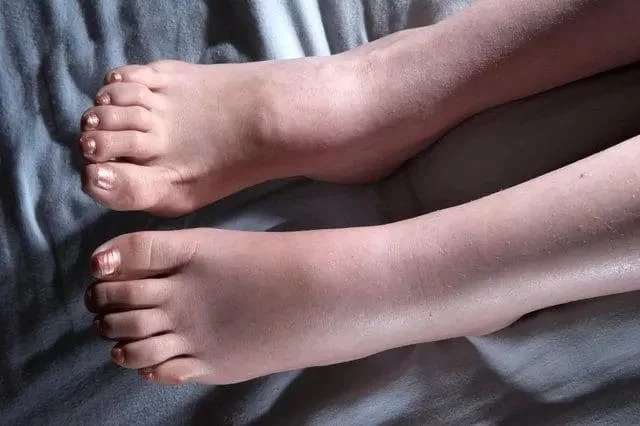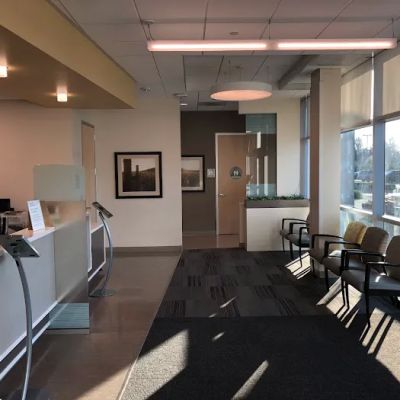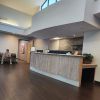- 1-what-is-fluid-retention-in-legs
- 2-common-causes-of-fluid-retention
- 3-key-signs-and-symptoms-to-watch-for
- 4-how-to-self-check-for-fluid-buildup
- 5-when-to-seek-medical-help
- 6-lifestyle-and-home-remedies
- 7-heartcare-hub-recommendations-and-prevention-tips
1. What Is Fluid Retention in Legs?
Fluid retention in the legs, also known as peripheral edema, occurs when excess fluid builds up in the tissues of your lower limbs. This can cause visible swelling, discomfort, and a feeling of heaviness, particularly after long periods of standing or sitting. It’s not just a cosmetic concern—it can also signal underlying health conditions like heart, kidney, or vein problems.
In healthy circulation, your blood vessels, lymphatic system, and kidneys work together to regulate fluid balance. When this process is disrupted, fluid can leak from capillaries into surrounding tissues, leading to noticeable puffiness or tightness in your legs and ankles.
2. Common Causes of Fluid Retention
Understanding what causes fluid buildup in the legs helps you take proactive steps to manage it. Here are some of the most frequent causes:
1. Prolonged Sitting or Standing
If your job or travel routine keeps you on your feet—or in a chair—for long stretches, gravity naturally pulls fluid toward the lower body. This can lead to mild swelling that usually resolves after rest or elevation.
2. Poor Circulation and Venous Insufficiency
When the veins in your legs have trouble sending blood back to the heart, it can pool and cause swelling. Over time, this may result in varicose veins or chronic edema.
3. Heart, Kidney, or Liver Conditions
These organs regulate fluid balance. Conditions like congestive heart failure, kidney disease, or cirrhosis can all lead to systemic fluid retention, often first noticeable in the legs.
4. Medications
Certain drugs—like blood pressure medications, steroids, or hormone treatments—can cause water retention as a side effect. If swelling develops after starting new medication, it’s worth discussing with your doctor.
5. Dietary Factors
High sodium intake, dehydration, and excessive alcohol consumption can all contribute to temporary water retention. Reducing salt and improving hydration can make a visible difference within days.
3. Key Signs and Symptoms to Watch For
Knowing how to recognize the signs of fluid retention in legs is essential for early detection and treatment. The most common symptoms include:
- Swelling: Noticeable puffiness around the ankles, calves, or feet that may worsen throughout the day.
- Skin tightness or shininess: The skin may look stretched, shiny, or feel tender to the touch.
- Pitting: When you press a finger into the swollen area, it leaves a small indentation that takes time to disappear.
- Discomfort or heaviness: Legs might feel heavy, achy, or tired, especially after prolonged standing.
- Reduced flexibility: Shoes or socks may feel tighter, and your ankles might be harder to move comfortably.
In more severe cases, redness, warmth, or pain could indicate inflammation or an infection like cellulitis, which requires prompt medical attention.
4. How to Self-Check for Fluid Buildup
Detecting fluid retention early can prevent complications. A simple self-test involves gently pressing your thumb into your lower leg for about five seconds, then removing it. If the indentation remains visible, this is a classic sign of pitting edema. Also, pay attention to whether your socks leave deep marks on your skin, or if your legs feel unusually heavy or warm.
If swelling persists for more than a few days or affects only one leg, it’s wise to seek professional evaluation, as this may indicate a blood clot or circulatory issue.
5. When to Seek Medical Help
While occasional mild swelling can be harmless, persistent or severe fluid retention should never be ignored. Contact a healthcare provider if you experience:
- Swelling in one leg accompanied by pain or redness (possible blood clot)
- Shortness of breath or chest pain (possible heart or lung issue)
- Rapid weight gain over a few days
- Skin discoloration or ulcers around the ankles
These symptoms could signal underlying heart, kidney, or vascular problems. Early diagnosis makes treatment far more effective and can prevent long-term damage.
6. Lifestyle and Home Remedies
Managing fluid retention often starts with small but consistent lifestyle changes. Elevate your legs above heart level for 15–20 minutes several times a day to help fluid drain back toward the upper body. Regular movement—like walking or stretching—stimulates circulation, especially if you sit for long hours.
Cutting back on salt, staying hydrated, and wearing compression stockings can also help. These steps reduce pressure on your veins and improve fluid balance naturally. Gentle massage and contrast showers (alternating warm and cool water) may further stimulate circulation and relieve discomfort.
7. HeartCare Hub Recommendations and Prevention Tips
At HeartCare Hub, we understand that leg swelling can be both uncomfortable and concerning. Our specialists recommend monitoring your legs regularly and keeping a daily log of swelling patterns, activity levels, and dietary changes. If swelling recurs frequently, consider consulting a cardiologist or vascular specialist.
We also provide access to expert-reviewed wellness resources, guides on heart and circulatory health, and curated recommendations for compression products and monitoring tools. Whether you’re managing mild edema or living with a chronic condition, HeartCare Hub offers practical support and professional insights to help you stay in control of your health.
Recognizing the signs of fluid retention early gives you the power to act quickly, prevent complications, and improve your overall well-being. Listen to your body, take note of small changes, and don’t hesitate to seek help when needed—your legs and heart will thank you for it.





















